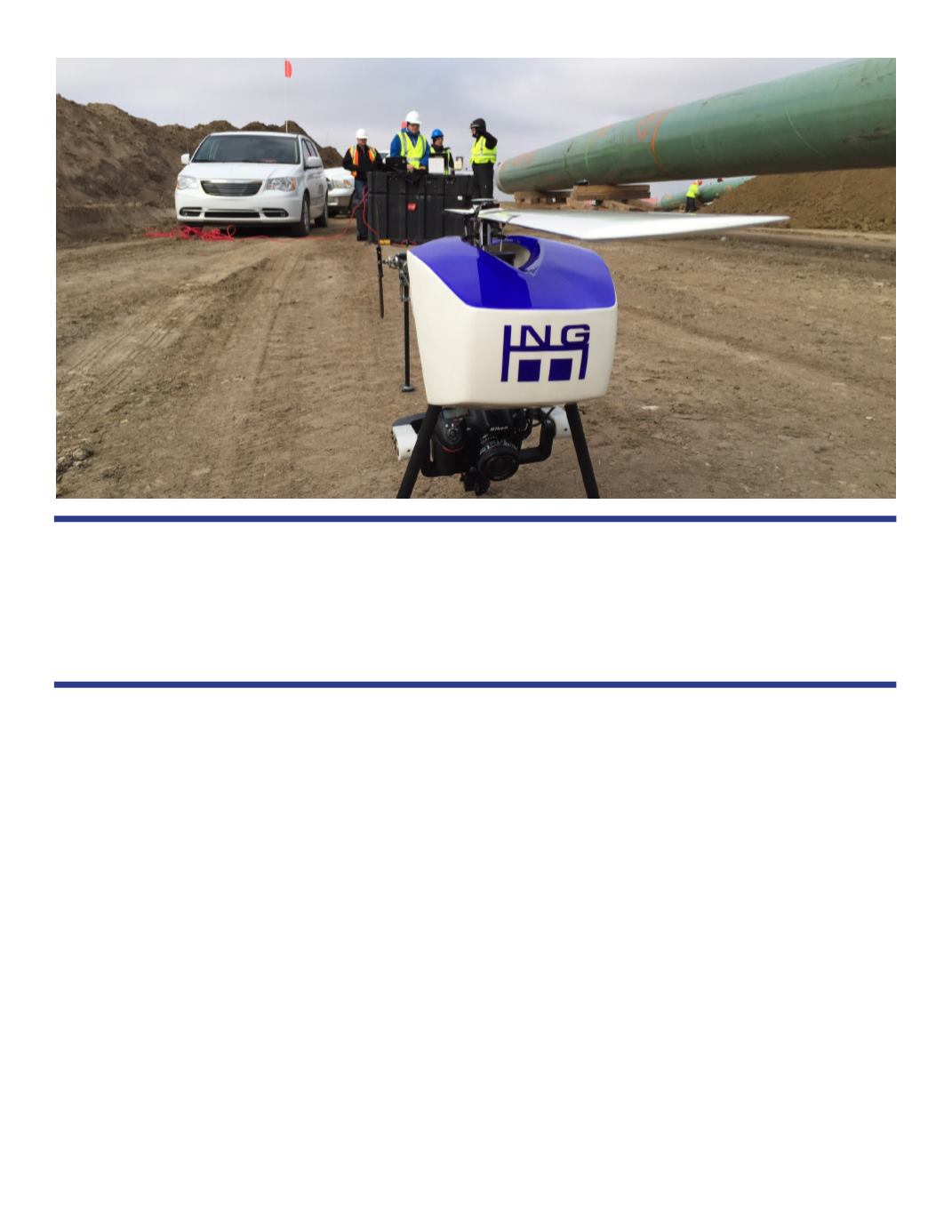
SEPTEMBER 2015
H
business elite canada
9
“You can get up close and have a high resolution view of the things you need
to inspect, and you can do it way cheaper and way safer than you ever could
before.” Ian Glenn, CEO and Chief Technology Officer
also means that operators are only halting
the turbines for about 90 minutes rather
than up to a full day. A similar situation
can occur in Western Canada where shut-
ting down a flare stack used in gas and oil
operations can lead to a substantial loss
in revenue. Robotic aviation can not only
take images of the stack quickly and ac-
curately, but technology allows that data
to be sent directly to the engineer assess-
ing the stack’s condition, no matter where
that person is located.
The company’s monitoring services can be
used to provide extra security — business-
es with valuables located in outside yards
such as construction or shipping compa-
nies are obvious customers — or they can
travel long distances to monitor pipelines,
railroads and power lines rather than using
foot patrols or all-terrain vehicles.
“We’ve got 830,000 kilometres of pipe-
lines in Canada,” Glenn said. “We’ve got
huge infrastructures in railroads and power
Responder Robotic
Aircraft for Pipeline
Monitoring


